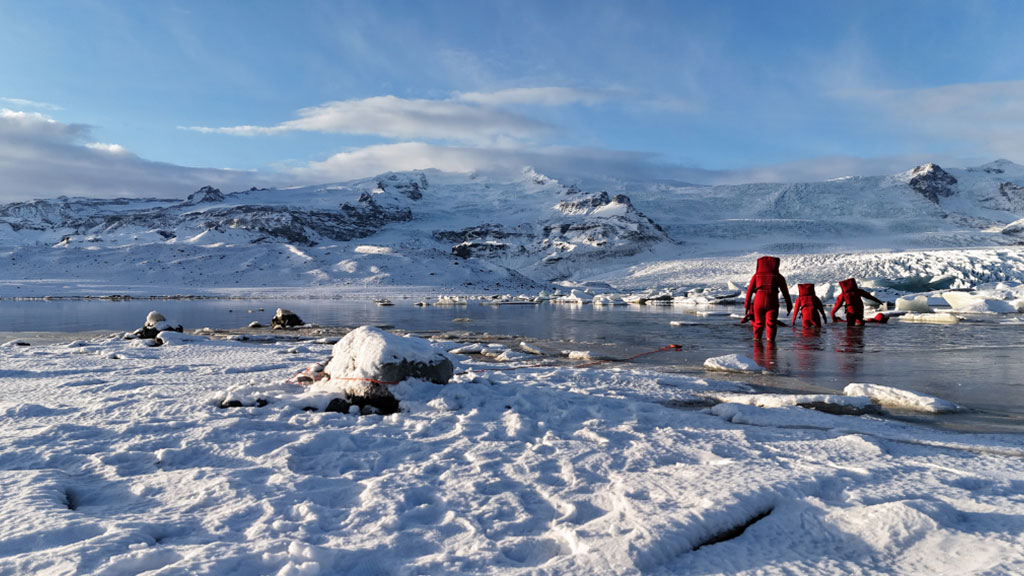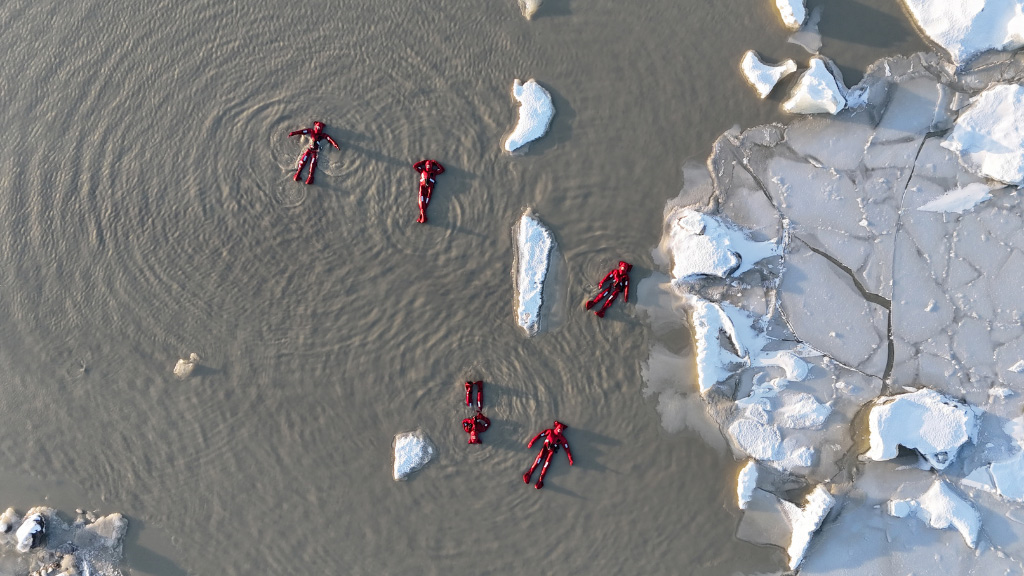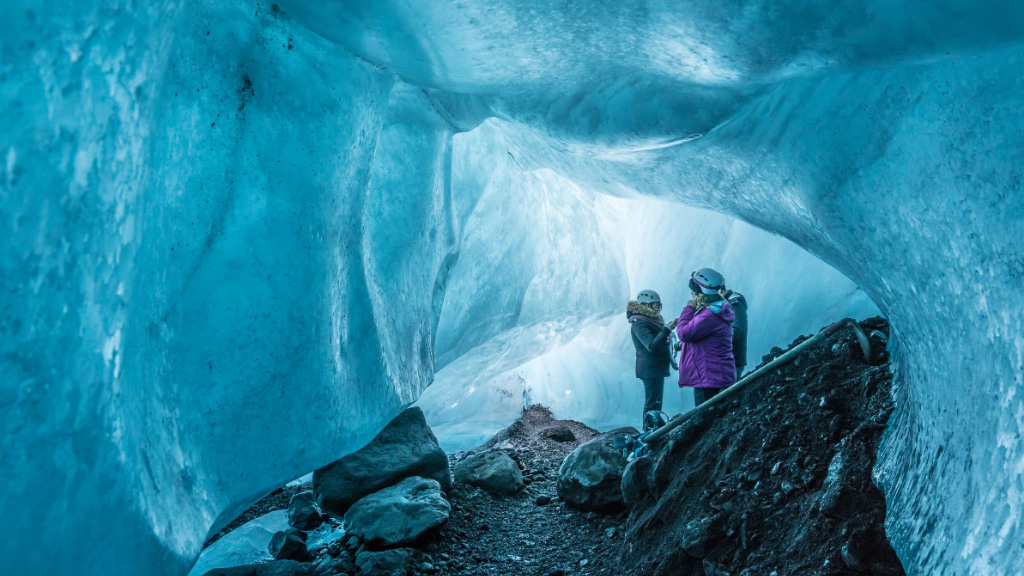Fjallsarlon
Thanks to its northerly latitude, when it comes to daylight Iceland’s seasons are remarkably different. In the depths of winter we might only see around four or five hours of light a day, yet by June the night’s over before it begins.
By their very definition, ice caves in Iceland, as with those anywhere else in the world, are constantly in a state of flux. During the warmer months, meltwater finds its way into cracks and crevasses in the ice, carving out tunnels and cavernous spaces within the main body of the glacier. As the seasons advance and the temperatures fall, the ice stabilises, hardening into ice caves and other glacial landforms.
As you may know, the Ice floating tour we started at Fjallsárlón glacier lagoon is a brand new activity in Iceland. This fantastic activity of floating in a protection suit in the icy water has been done for many years in other places but has finally made it´s way to Iceland.
As you may know, the Ice floating tour we started at Fjallsárlón glacier lagoon is a brand new activity in Iceland. This fantastic activity of floating in a protection suit in the icy water has been done for many years in other places but has finally made it´s way to Iceland.
Fjallsárlón has launched the first of its kind experience in Iceland, Ice Floating. This experience has been very popular in countries like Finland for some time now and we are extremely excited to introduce this experience to the Icelandic market.
You don’t have to make much effort to admire Fjallsárlón glacier lagoon. Simply park your car, order a coffee at Frost and pull up a chair in front of the restaurant’s picture windows. Gazing out over the iceberg strewn Jökulsárlón is equally straightforward. There, visitors crowd the shore of the lake and watch the playful antics of the seals that frolic in the icy water.
The jaw-dropping beauty of Iceland’s glacier lagoons has long been a draw for visitors from overseas. In recent years, however, the number of image-driven social media posts on platforms such as Instagram has risen exponentially, fuelling the desire to see these iceberg-strewn lakes first hand.
By their very definition, ice caves in Iceland, as with those anywhere else in the world, are constantly in a state of flux. During the warmer months, meltwater finds its way into cracks and crevasses in the ice, carving out tunnels and cavernous spaces within the main body of the glacier.
From a distance, Vatnajökull appears to be a solid tongue of ice. It’s huge, covering an estimated 10% of Iceland’s land area, and in places, the ice is hundreds of metres thick.
On a fine day, there’s surely nothing better than the view from atop one of Iceland’s glaciers. Blessed with clear visibility and blue skies, you can see for miles and drink in the country’s incredible landscapes. But in Iceland, weather conditions can change rapidly. This unpredictability is what makes it so special when the clouds lift or the rain eases.
It’s human nature to look for explanations when we don’t understand something. In the past, when scientific knowledge wasn’t what it is today, myths and legends filled the gaps. Amid Iceland’s dramatic coast and countryside, there’s ample inspiration to feed people’s imaginations.
It’s human nature to look for explanations when we don’t understand something. In the past, when scientific knowledge wasn’t what it is today, myths and legends filled the gaps. Amid Iceland’s dramatic coast and countryside, there’s ample inspiration to feed people’s imaginations.













